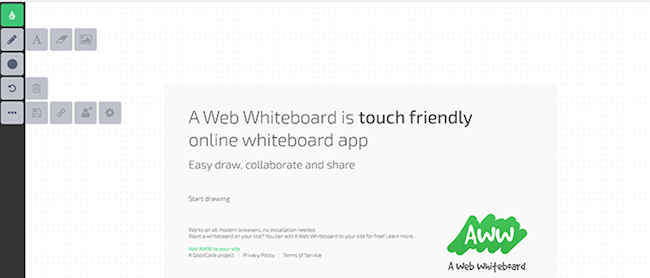Every day I’m amazed by the kinds of tools people create. Sometimes they’re small free projects, and other times, they’re just tools that solved a specific problem. Thankfully, like me, developers love giving them away for everyone to use. Today I stumbled across a cool whiteboard tool that lets you collaborate with others for free[1].
It can be quite discouraging. You go buy something only to find out later that you could have gotten that for free. When looking at technology, there are a number of truly inventive and clever ways you can get things without having to pay for them. This article has a Canadian slant, but most of these 10 things are universal.
This time around, I wanted to shed some light on the ever-growing number of tools out there that exist solely online. If you wanted to check into a domain or determine if your mail server is safe, these tools will help you do that.
During the year, I’ve also seen a great shift. More prolific blogging about real products and ideas. More companies and individuals interested in having me be a part of the ideas they’ve created. I am now in a better position than ever to support and invest in other ideas.
This is an account of some of what I’ve done to replace this important and useful tool during these months – and a tool I eventually settled on.
Windows Easy Transfer is a tool of many uses, but one of the lingering drawbacks has been the inability to extract files from the generated MIG archives. Not to worry though, I’ll show you how to do it.
So, it should come as no surprise that I’m quite interested in what can be done to combat threats on a Windows computer with tools you already have. Today I’m going to look at three tools you’ll find on most any Windows flavour out there: Windows XP, Windows Vista, and Windows 7. Namely, wmic and taskkill. This is going to be more of a beginning overview of how you might use these tools to identify and stop a rogue application on your computer
What every IT Guy tends to keep, however, is a cache of essential utilities that he/she use with them all the time. As you become more tuned to the kinds of utilities you use, you’ll find ways to make them more available to yourself when you are at the client (at a moments notice).
What many do not know, however, is that the PDF format is so mature now that many of these things you do (and often pay for) can be done without the use of the often slow-and-bloated official applications or can be done completely free.
Today, I’m going to look at a small utility that acts simply as a Print Manager or a Print Previewer. This utility gives you the ability to print ONLY the pages you need or want to print and remove the ones you don’t need. This is such an important function on a computer, I’m not sure why everyone doesn’t do it – and what’s more – why the current version of Windows doesn’t include this utility!
- 1
- 2










